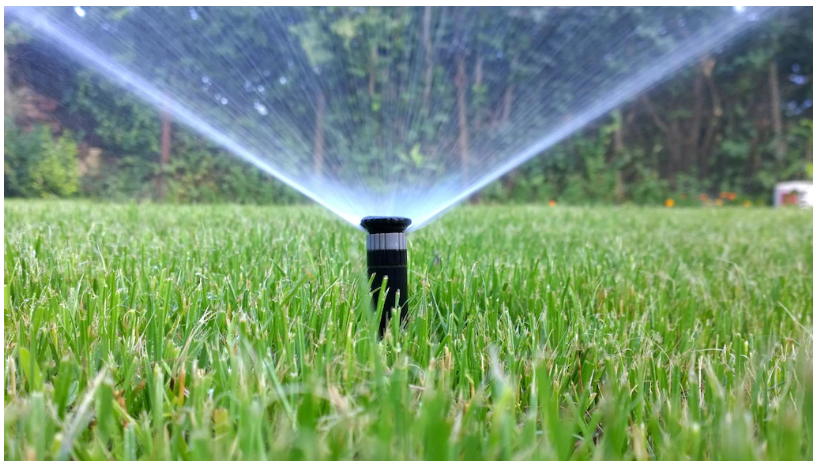A Monash University study has concluded that Perth residents use twice as much water per capita as those in Melbourne and Brisbane, but the water authority says that is not the full story.
Associate Professor Jo Lindsay conducted a national survey and held focus groups to examine attitudes to water and shortages following the millennium drought, which affected most of southern Australia from 1996 to 2010.
She concluded that in Brisbane and Melbourne residents had a sense of the crisis, whereas in Perth access to water from desalination plants and ground water meant people responded less actively at a household level in reducing their consumption.
The survey found households in Perth used 340 litres per person per day, compared to 166 litres in Melbourne and 194 litres in south-east Queensland.
Dr Lindsay told ABC Radio Perth the difference might be due to Perth’s long-standing dry conditions, whereas drought had come as a shock for the eastern states.
“Perth people are very accepting of desalinated water and recycled water and recharged aquifers,” she said.
“But the downside is that there hasn’t been as much attention as there has been in the eastern states on saving water at a household level.
Does Perth really use THAT much water?
But Sue Murphy, the chief executive of Western Australia’s Water Corporation, disputed some of the figures and conclusions from the Monash study.
Ms Murphy said the research averaged water use in Perth and included business and industry use.
She said the correct per capita figure for households was 246 litres per day.
And when indoor water use was compared, Perth residents used about the same amount of water as those in Brisbane, Sydney and Melbourne, she added.
“It’s outside the house that the difference comes in.
“That’s largely because we have larger block sizes and fewer people living in apartments. We have beach sand in the ground instead of clay in our gardens.
“Most importantly, we have usually no rain from November to March, whereas in Melbourne the wettest months of the year are March and November.
“Our wet weather is all in winter normally and that is why outside the household use is significantly higher than on the east coast.”
She said state governments from both sides of politics recognised the importance of not letting gardens die during summer.
Water and politics
Furthermore, Ms Murphy said there was evidence to suggest Perth residents were making more efforts to reduce their consumption than their eastern counterparts.
“It is absolutely true that the people in Melbourne and Sydney and Brisbane use less water per capita than the people of Perth, but since the end of the millennium drought in 2010-11, water use in every one of those capital cities has gone up,” she said.
“Our water use since 2001 has come down and down.”
It was a declining consumption trend that Ms Murphy hoped to see continue.
But Dr Lindsay said her focus group studies indicated that Perth residents would be unlikely to accept aggressive water restrictions.
“There was definitely the sense when we talked to Perth residents in focus groups that anybody who wanted really strong water restrictions would have a political death wish,” she said.
Read more: Original Article





